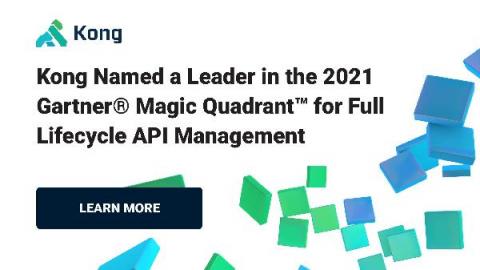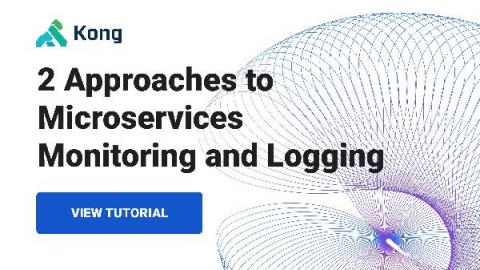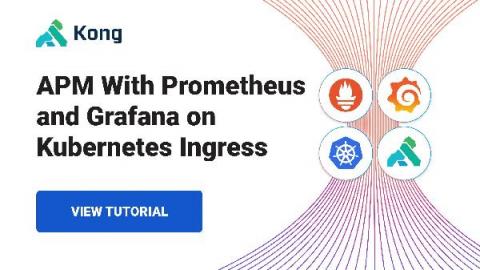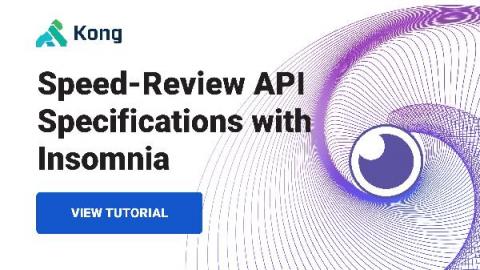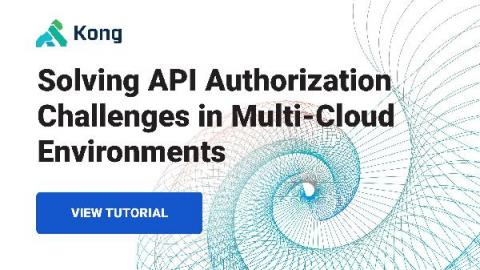Deploying a Kong Gateway Data Plane With Pulumi
Infrastructure as code is a core component of all modern SRE team’s day-to-day work. There are plenty of options available, but the one that I’m most excited about is Pulumi. Instead of writing a domain-specific language (DSL) to configure your infrastructure, Pulumi lets you write the language you already know. For me, that’s Typescript, but if you prefer Go, Python or DotNet programming languages, that’s an option too.




